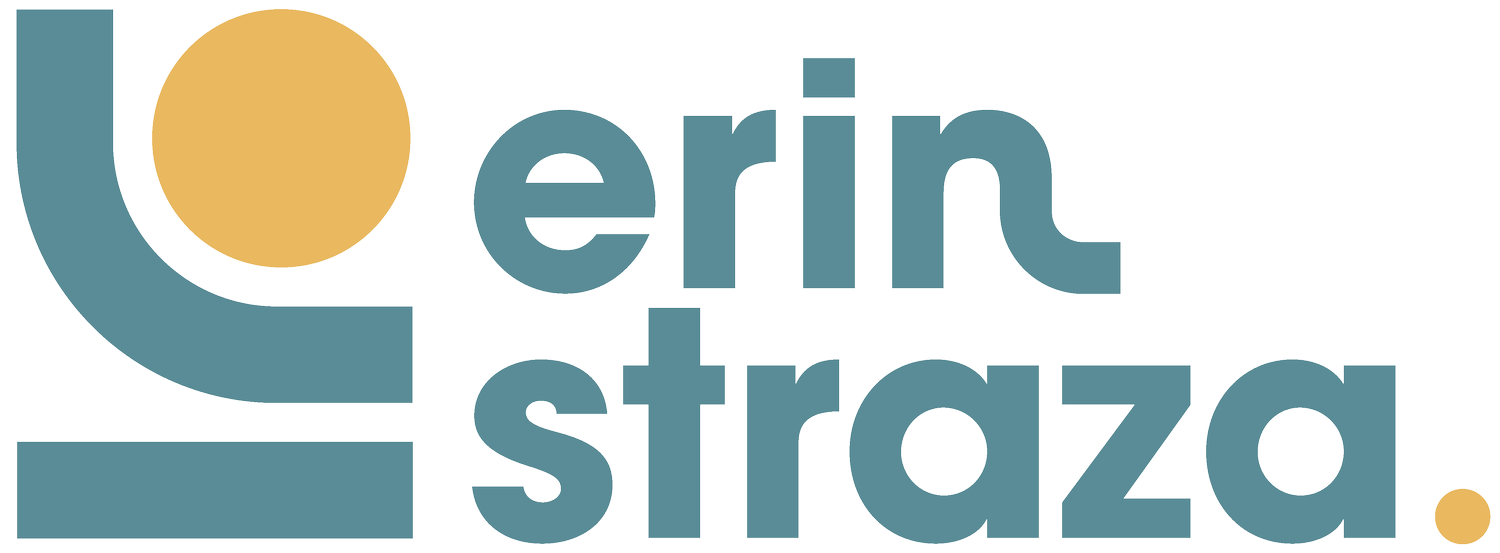Why Nonprofit Messaging Is a Big Deal
Miscommunication is the worst.
You’d think, considering we communicate with others every single day, that by adulthood we would be seasoned pros, able to relay ideas and feelings without misunderstandings. Sadly, that’s not the case, neither at home nor in the workplace.
That’s why—in my opinion as a communications strategist—every challenge your nonprofit faces is, at the heart, a communications problem. Everything you say—what you say, how you say it, when you say it, where you say it, why you say it, and who you say it to—has a profound impact on the funding you secure to fuel your life-changing mission. WHAT you say is the narrative (the words used to tell the story), but without also thinking through the other elements (the tone, the timing, the channel, the intent, the audience), that narrative will not have the intended result with donors.
For some time now, nonprofits have been focused on presenting narratives that are Donor-Centric. These messages have placed the donor as the hero in relationship to the nonprofit because they are funding the programs that serve the constituents. The goal is to let the donor know that they are central to the success of the mission. And that’s true. But the trouble is that nonprofit messaging can lean too far into that hero mantra, placing donors on a pedestal and creating a power imbalance. Hero messaging at its worst frames those served by the mission as helpless, in need of a hero’s rescue—and that can be demeaning. Also, you risk mission drift when donors want to sway efforts toward passion projects that are outside of your org’s sweet spot.
In this context, the all-out hero narrative is no longer a nonprofit’s best strategy.
Earlier this summer I downloaded the 40 Nonprofit Trends for 2022 report from NonProfit Pro. It’s full of insights from nonprofit leaders including a correction to this hero-focused messaging, presented by Pinky Vincent. It’s something called Community-Centric Language, which places the donor’s contribution in context of the entire ecosystem of goodwill.
Community-Centric messaging draws donors into a partnership with the nonprofit mission to serve others in that community. In a community, everyone contributes to the health and vitality of the whole—everyone plays an important and dignified role in bringing goodwill to the ecosystem. Community-Centric Language affirms the role of your donors who give, your organization that leads and works, and your constituents who are served.
Are donors still essential to your mission? Certainly. But they don’t need to be pandered to or buttered up. We can treat them as essential and equal partners, inspiring them to join the mission at hand. And while it’s true that donor dollars fund the work, funding sources shouldn’t define the mission. Your org needs to stay steady, focused, not swayed by the whims of your largest donors. Community-Centric narratives help with all of these concerns, easing the power differential that’s inherent in the donor/nonprofit dynamic.
Nonprofit messaging strategy truly is a big deal. Your communications will either solve your funding woes or contribute to them. That’s why I work with nonprofit leaders and teams to ensure their messaging strategy makes their mission irresistible to donors, by drawing donors into their role within the larger story.
Is your nonprofit’s messaging strategy securing the funding needed to fuel your mission? Or is it part of the problem? Let’s find out! DM me to schedule a 15-minute Change Chat.
_____
